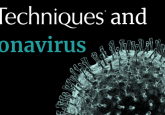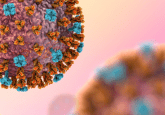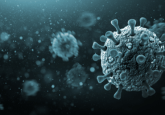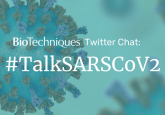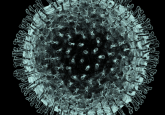Highlights from the WHO press briefing on COVID-19 – 20 April 2020
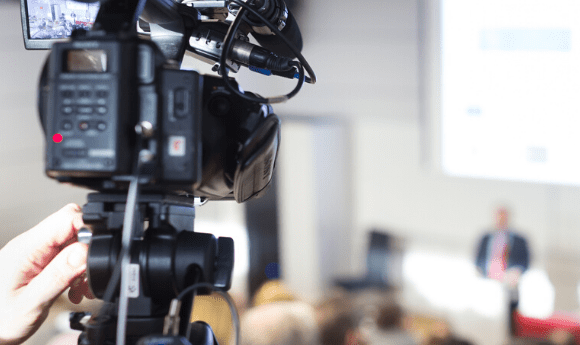
BioTechniques Digital Editor, Tristan Free, summarizes the information provided in the latest press briefing from the World Health Organization (WHO; Geneva, Switzerland).
The briefing kicked off with wishes of happy Easter to Orthodox Christians around the world from WHO Director General, Tedros Adhanom Ghebreyesus, who also delivered messages of thanks to the musicians around the world who had contributed to the One World: Together At Home online concert that had raised more than 127 million dollars for the WHO emergency response fund. Particular thanks were attributed to Paul Garwood, the WHO Communications Officer, for coming up with the idea of the concert.
If you would like to keep up to date with our content on coronavirus, you can sign up for our site here, where you can subscribe to our newsletters for free!
Progress on testing provisions.
Tedros then went on to stress the fact that while Lockdowns were beginning to yield results, the end would not be in sight until countries had the ability to detect, test, isolate and care for each case of COVID-19. This a statement that would be echoed throughout the briefing.
Tedros also revealed that in order to assist governments in achieving this aim, the WHO had successfully collaborated with The Foundation For Innovative New Diagnostics (Geneva, Switzerland) and the Clinton Health Access Initiative, in order to identify and validate five tests that can be manufactured in large quantities. This was followed by the information that the WHO had now placed orders for 30 million of these tests over the next 4 months.
Solidarity trial
Tedros thanked nations around the world for signing up to the WHO’s Solidarity trial, which now contains over 100 countries and 100,000 successfully randomized patients from each of the countries. The trial aims to evaluate novel therapeutics for COVID-19 and Tedros stressed the importance of this initiative, stating that “the faster we can recruit patients, the faster we get results.”
Ignored warnings from Taiwan?
A question was posed suggesting that the WHO did not respond rapidly enough after it had received a warning about coronavirus in an email from the Taiwanese health officials on 31 December 2019.
Michael Ryan, Executive Director of the WHO’s Health Emergencies Program, responded to the question with a clear timeline of events. The WHO had indeed received the email that confirmed that the cases existed in Wuhan (China) and indicated the infection reported in Wuhan was not SARS – information that was all in line with information held by the WHO at the time. The focus of the email was a request for any relevant information that the WHO had to hand.
A request was sent for formal verification of these details to Chinese officials on 1 January 2020. The WHO then tweeted existence of event on the 4 January, before providing information on the epidemic on 5 January their site.
Ryan highlighted that, contrary to some reports, there was no statement of human-to-human transmission in the email and that it was simply a request for information, one that was followed up appropriately.
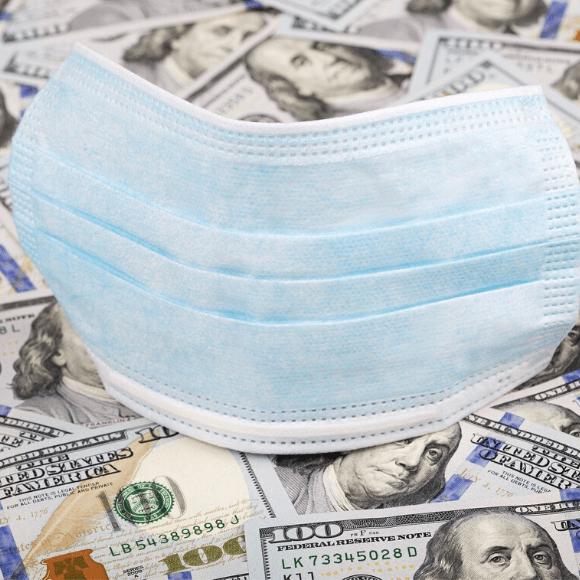 Trump: controlling COVID-19 or courting controversy?
Trump: controlling COVID-19 or courting controversy?
On 14 April 2020, US President Donald Trump announced that he will withdraw US funding from the WHO; Tristan Free discusses the implications of this action.
Herd immunity
The case was raised of a Stanford University study, yet to be peer reviewed, that carried out 3000 antibody tests in Santa Clara (CA, USA) to determine whether participants had been infected by COVID-19. The study seems to indicate a rate of infection in the participants 50 to 85 times higher than those reported in official figures. The question was asked if this meant herd immunity was a more realistic goal in the near future than originally thought?
Maria Van Kerkhove, the WHO’s COVID-19 Technical Lead, fielded the question, asserting that this study was one of many similar efforts around the world and that before the information contained could be utilized, key context points needed to be established. These points included the sourcing of the study participants, the antibody test used, the study design and many other points.
Kerkhove indicated that the majority of similar studies looking at antibodies for SARS-CoV-2 indicate a significantly lower infection rate of around 2-3%. She used the Stanford study to highlight the point that a clear set of validated, reproducible methodologies needs to be agreed upon in order to make these seroepidemiologic studies uniform, comparable and, therefore, actionable. Kerkhove confirmed that the WHO is currently working on a review to facilitate this by producing a clear set of seroepidemiologic protocols.
Primary target of SARS-CoV-2
Answering a question posed, prompted by a paper indicating that SARS-CoV-2 inhibits Heme metabolism, therefore preventing red blood cells carrying O2 and resulting in lung damage due to the inability to exchange CO2 for O2, Ryan stated that there was, “no question that there is a direct impact on lungs.” He did, however, concede that “other organs are affected” and there is evidence of the virus “stripping O2 from cells.”
Ryan further highlighted the need to bear in mind not just the direct impact of the virus, but also the role played by the immune response, which can be damaging to tissues if excessive.
Communications with the USA
Throughout the briefing questions regarding communications between the US and the WHO were raised, mostly centering around the 15 members of the US Centers for Disease Control (CDC; GA, USA) that were embedded in the WHO as secondees and their ability to communicate directly with the US government.
Kerkhove indicated that it was an ordinary state of affairs to work closely with the US CDC and that they had previously worked together very closely on the Middle East respiratory syndrome-related coronavirus.
Tedros, however, was driven to make a more impassioned response, declaring the US CDC as an invaluable ally and a well-respected model for disease control organizations the world over.
Tedros also indicated that, due to working closely with US CDC staff embedded in the WHO, nothing was hidden from the USA. This he stated was because “There are no secrets in the WHO, anyone is free to send out messages immediately.”
“I know war, I know poverty, I know diseases, I know how people suffer, I know tragedy. That is why I see the people behind the numbers. I see a face I see the tragedy that can befall a family… That is why we do not have secrets because we want to save lives.”
Vaccine safety and fair distribution
When asked if it was safe to develop a vaccine on so rapidly on a virus that we still do not know much about, Kerkhove answered emphatically that, as there are currently over 10,000 complete genome sequences of SARS-CoV-2 available for study, the WHO would welcome all work on vaccines for the virus that was being conducted as quickly and safely as possible.
Concerns over the fair distribution of the vaccine were also put at ease by the assurance that the vaccine will be distributed based on epidemiological need based on where the vaccine will do the most good, and that the WHO was committed to making sure that all nations benefit from the vaccine by pulling together all the necessary governments and corporations in a collaboration. A feat that Ryan declared would be one of the greatest, scientific, political, financial achievements in a generation.
This notion was further supported by Tedros, who revealed that the WHO was working on systems and protocols for both the development and distribution of a vaccine and that they will release further information on this in the next few days.
Perhaps the most powerful and surprising message from the Director General was a plea to leaders around the world, both those in power and members of opposition parties. “Please work together. do not use this to score political points. It is dangerous. It is the political problem that will fuel this pandemic further. The cracks between people and parties is fueling it. There are those who say I should not comment on this as the WHO is not a political organization, but I will not keep quiet and not say what I see is wrong.”
Tedros ended the briefing by reminding us that, a year on from the day of his death in the Democratic Republic of Congo, he was honoring Richard Mouzoko, who was shot dead in a hospital while battling the Ebola outbreak. “Fighting Ebola and bullets. That is the face of the WHO.”

